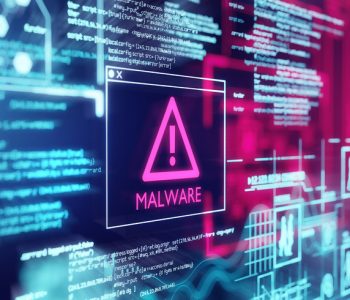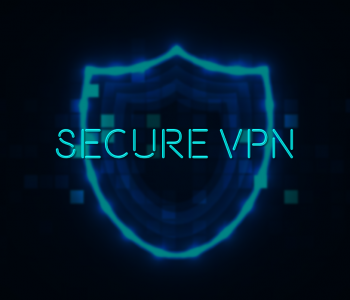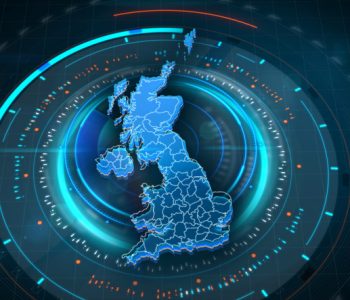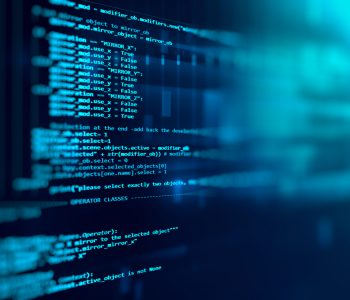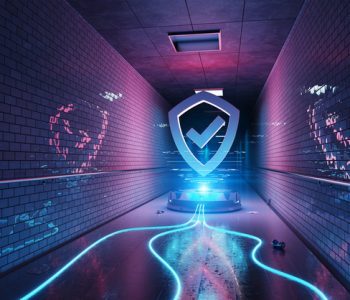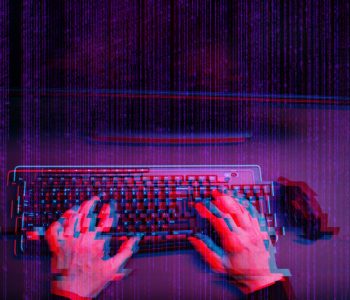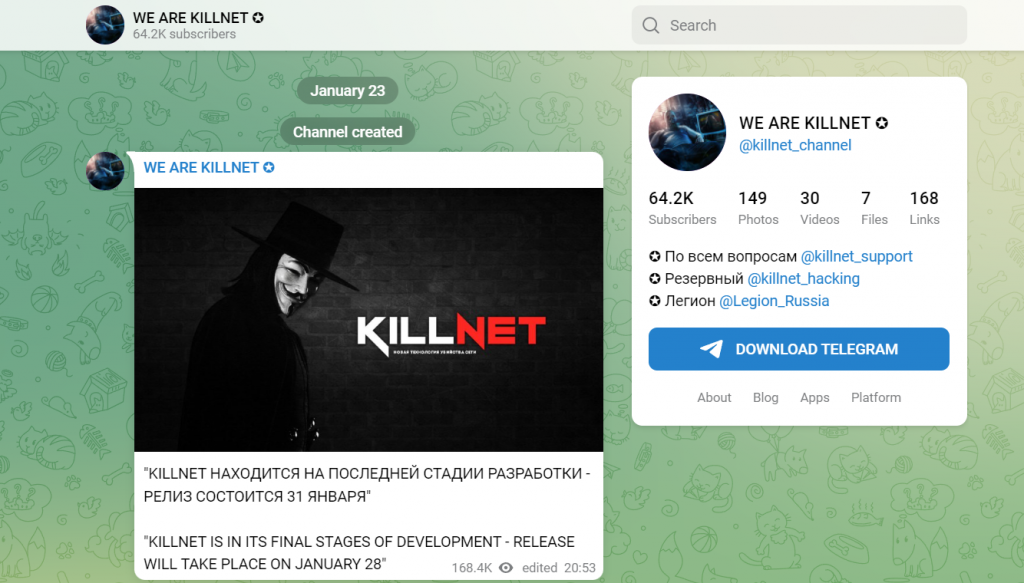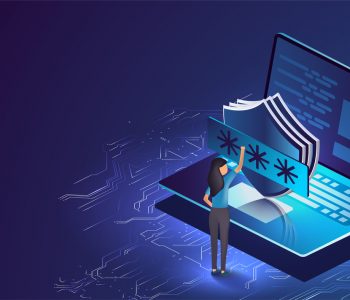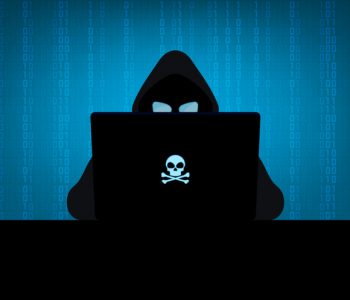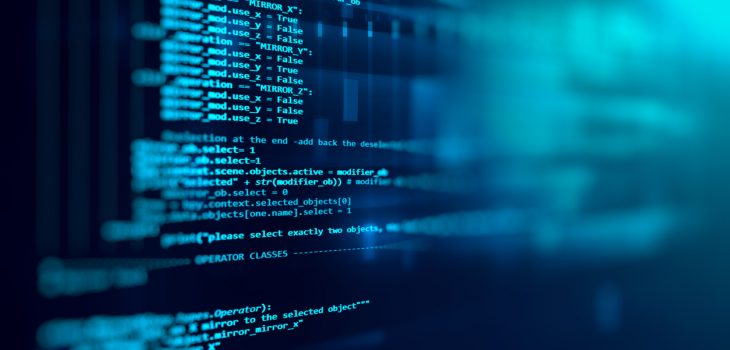 Guides
Guides
Adding a removing the mark of the web via…
A quick post becuase this is useful for security control testing:
If you want to enable MOTW (mark of the web) on a file you can run the following PowerShell cmdlet:
Set-Content -Path '.\safe3.rtf' -Stream Zone.Identifier -Value '[ZoneTransfer]','ZoneId=3'This will set the alterate data stream (ADS) Zone.Identifier value to ZoneID=3 (Internet Zone)
You can unblock this with
Read more “Adding a removing the mark of the web via PowerShell”